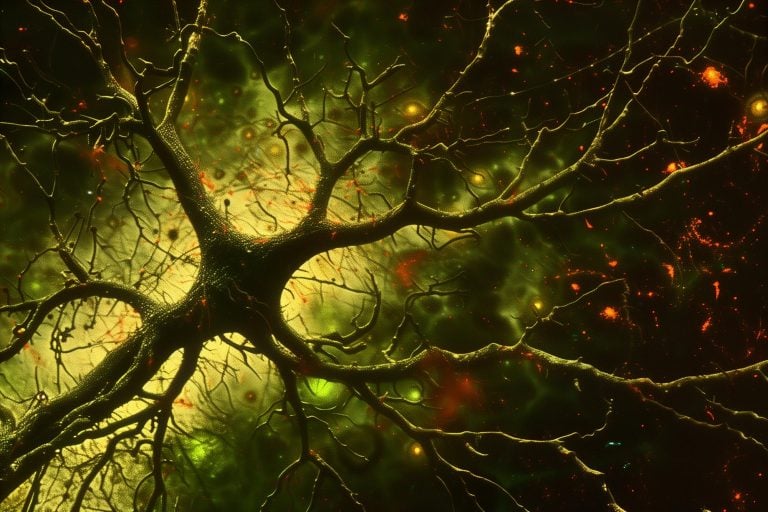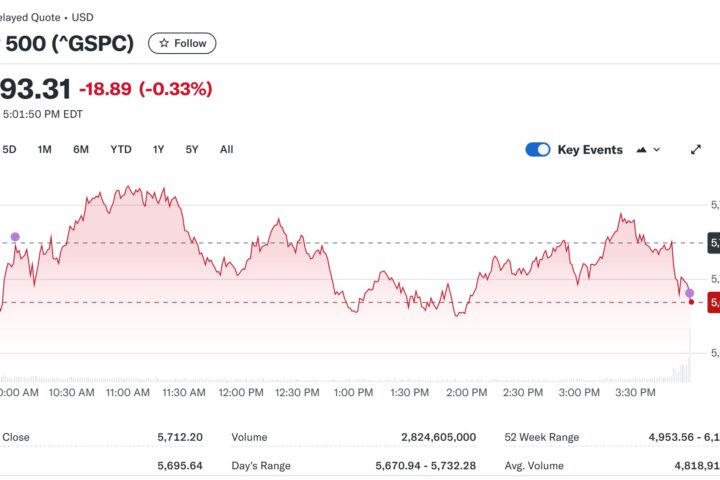A revolutionary study by the University of Oxford has discovered the biochemical trigger for Huntington’s disease and successfully prevented its onset in animal models. This breakthrough opens doors for early detection, intervention, and potentially curative therapies.
Key Findings:
- Identified critical chemical change responsible for Huntington’s disease onset.
- Disrupted TrkB neurotrophin signaling in indirect pathway spiny projection neurons (iSPNs) leads to dopamine imbalance.
- GSTO2 protein regulation crucial for maintaining dopamine levels.
Expert Insights:
“Understanding early changes provides crucial insights into Huntington’s disease development… This knowledge could help develop preventive therapies.” – Liliana Minichiello, Professor of Cellular and Molecular Neuroscience
Implications and Future Directions:
- Early interventions and therapies to halt disease progression.
- New diagnostic tests for pre-symptomatic detection.
- Targeted treatments to maintain dopamine balance.
Reference:
“Impaired striatal glutathione–ascorbate metabolism induces transient dopamine increase and motor dysfunction” (2024) Nature Metabolism. DOI: 10.1038/s42255-024-01155-z
Related Articles:
- Huntington’s Disease Research: Recent Advances
- Breakthroughs in Neurodegenerative Disease Treatment
- The Future of Personalized Medicine: Targeted Therapies
Share Your Thoughts:
How significant do you think this breakthrough is in the fight against Huntington’s disease? What potential applications do you see for this research in neurodegenerative disease treatment?

















